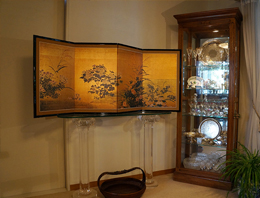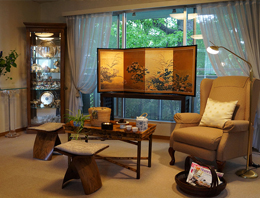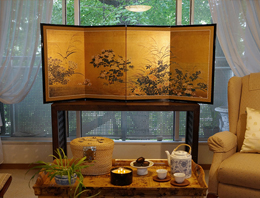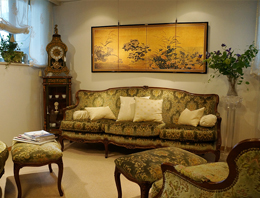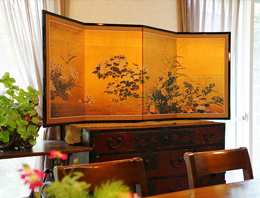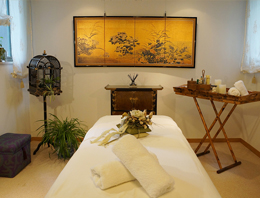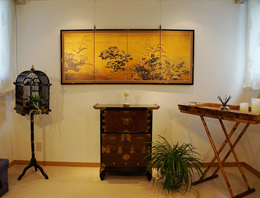江戸前期の画家「琳派」の先駆者である俵屋宗達の後継者で、その弟とも弟子とも言われるが定かでない。宗達存命中は、工房を代表する画工の一人だったと考えられる。後に金沢に下り、前田家の御用絵師となる。金沢地方には宗雪の後継者が制作した多くの草花図屏風が残されており、その伝統は江戸時代末頃まで続いた。
Tawaraya Sosetsu is a successor to Tawaraya Sotatsu, a precursor to the Rinpa artist group who lived during Japan’s early Edo period. Sosetsu is said to have been Sotatsu’s younger brother or his disciple, but no one knows for sure. During Sotatsu’s lifetime, Sosetsu is believed to have been a leading painter in his art group. Following Sotatsu’s death, though, Sosetsu moved to Kanazawa to serve as an official painter to the Maeda family. Many screen paintings of grass and flowers painted by Sosetsu’s successors can still be found in the Kanazawa area, and Sosetsu’s tradition continued until around the end of the Edo period.




